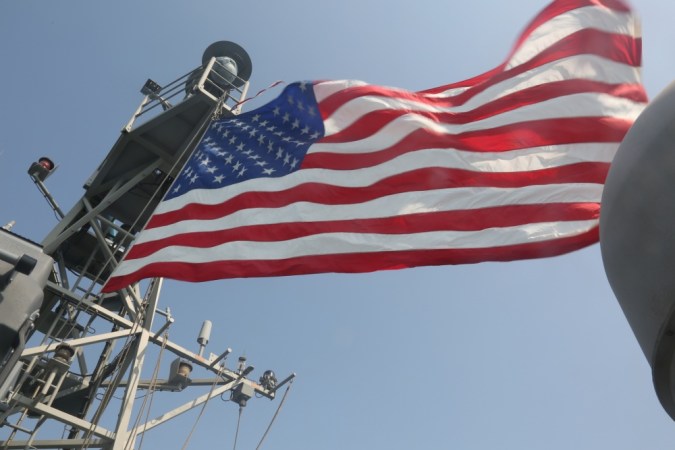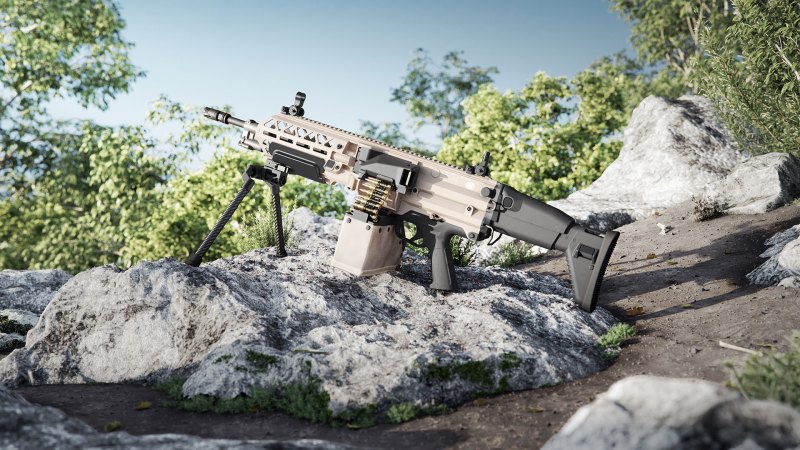Ever since word got out that the Pentagon spent $436 on a hammer in the 1980s, citizen watchdogs have kept a close eye on how much the Defense Department spends on its maintenance and upkeep. To keep costs low on an aging fleet of airplanes, the USAF turned to 3D printing to cut the acquisition time and cost for spare parts. Its first 3D printed part was a toilet seat cover – instead of paying $10,000 for one.
Now the Air Force may be turning to 3D print for a lot more than spare parts and toilet seats. It may start printing entire weapons systems – directly from the flightline.
3D printing is also known as “additive construction,” as explained in the video above. The traditional method of creating objects is known as “subtractive construction,” where a solid mass of raw material is shaped to form various parts. 3D printing starts with nothing and layers on material to form a solid part. Right now, the Air Force uses 3D printing to create parts for aircraft on a small scale, but according to the thought leaders of these projects, there’s “no reason the technology couldn’t grow to create items weighing 50,000 pounds or more.”
Maintainers across the Air Force are already using 3D printing technology to save time and money by creating objects that would otherwise be costly and could take weeks to arrive – if they come at all. The aforementioned toilet seat cost ,000 because the original manufacturer, Lockheed Martin, doesn’t make the C-5 Galaxy anymore, and they don’t have a bunch of C-5 toilet seats lying around. It was a custom order. At places like RAF Mildenhall, the Air Force uses 3D printers to create individual parts not individually available. Instead of ordering an entirely new system for things like tow swivel legs, they can just replace the parts of individual tow swivel legs that break.

In 70 years, 3-D printing could build assets on the scale of 50,000 pounds, including manned-fighter class capability.
(Illustration by Chris Desrocher)
The video also mentions that universities have 3D printed entire aircraft and flown them successfully. The Air Force is bringing that technology in and moving it forward with its considerable resources.
“Maybe you need a new sensor package, maybe you need a new weapons truck,” says Ed Alyanak, an engineer with the Aerospace Systems Directorate at the Air Force Research Laboratory. “What we’re doing is we’re linking the operational analysis assessment and the computational design phase of a new asset, be it a weapons system or a new vehicle, some small scale UAV, maybe even a large-scale manned asset, with the phase of acquiring that asset.”
The process already saves the Air Force millions in developing small-scale design models, but the future of the process is the most exciting part. Within 70 years, the Air Force could go from printing parts and wings for A-10 aircraft (as it does today) to printing entire airframes right there on the flightline.
It’s a concept that Airman Magazine called going from “Global Reach” to “Global Already There.” For more about 3D printing weapons and aircraft, check out the story at Airman Magazine.


























